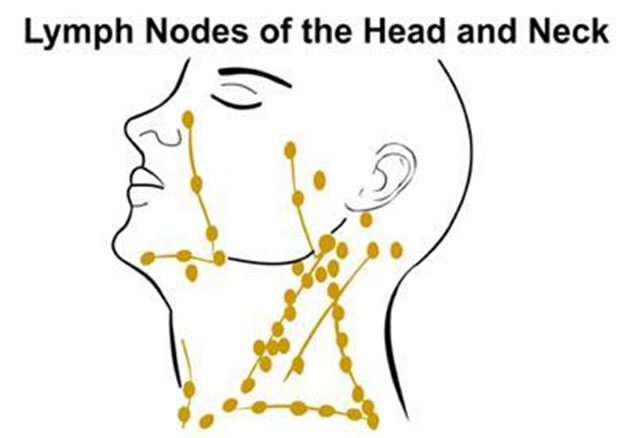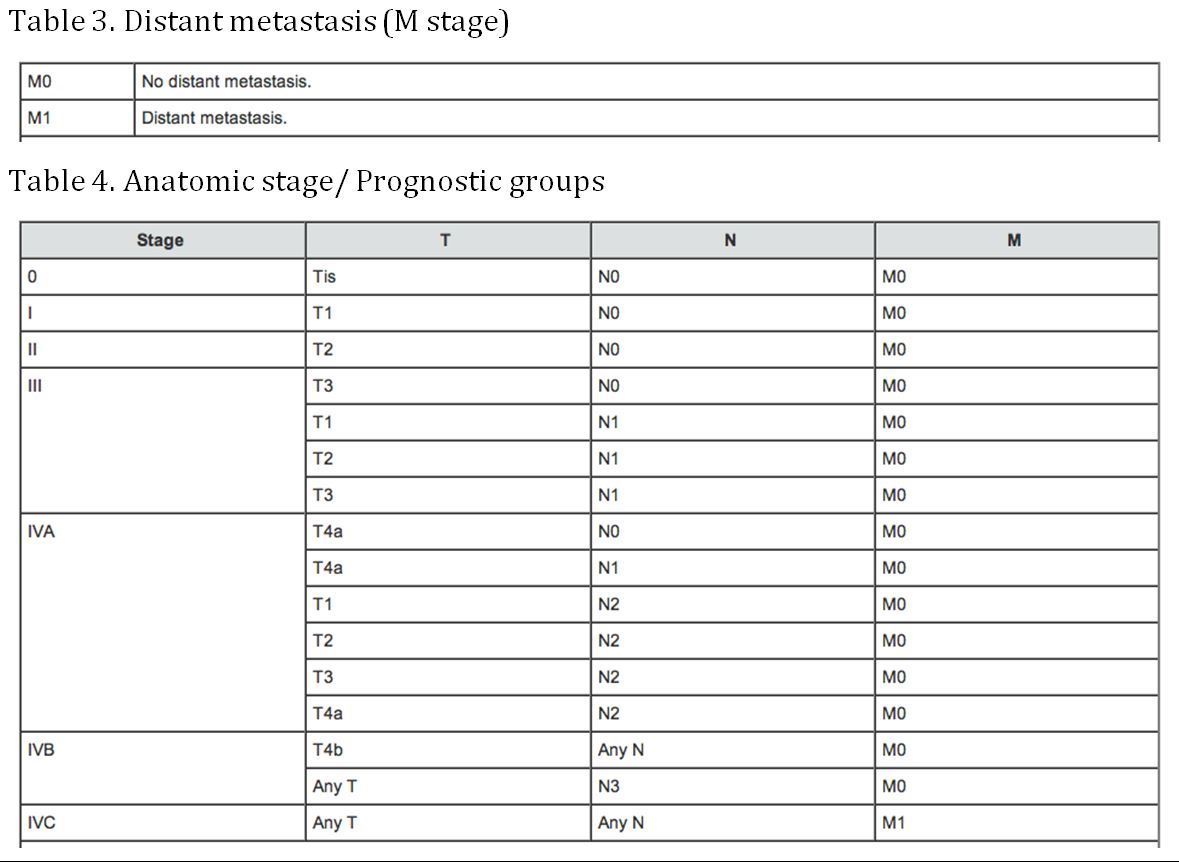2016 Prevention & Early Detection / Community Service Grants – Applications due February 29, 2016
The American Head and Neck Society’s Prevention and Early Detection Committee is pleased to open the application process for its 2016 Community Service grants. These grants are awarded in support of a project or community activities related to Oral Head and Neck Cancer Awareness (OHANCA) Program. Each grant, in the amount of $1,000.00, will be …



